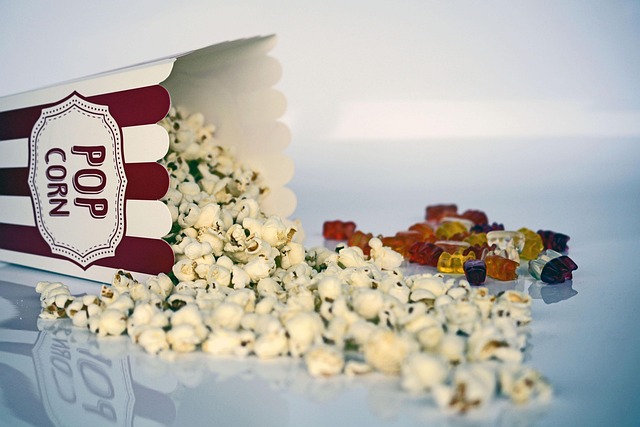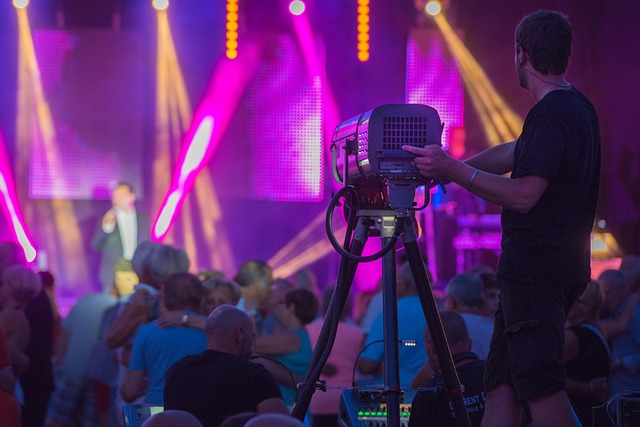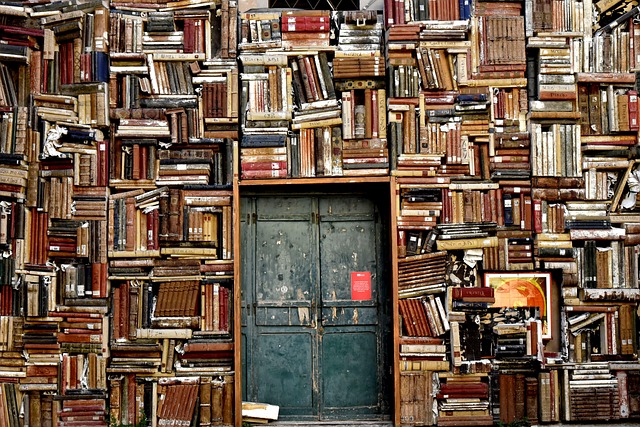The world of modern theatre has undergone a remarkable transformation over the years, morphing into a dynamic blend of performance arts that encapsulates a range of entertainment forms. As we delve into this evolution, we find that modern theatre is not merely confined to the traditional stage; it has become a vibrant part of the larger entertainment industry, resonating deeply with audiences in various ways.
The evolution of modern theatre can be traced back to its roots in ancient civilizations, where storytelling and performance were central to cultural expression. Fast-forward to today, and we see a thriving intersection of theatre, concerts, festivals, and cinema, each influencing the other and shaping the way stories are told and experienced. Festivals, such as the Edinburgh Festival Fringe or the Avignon Festival, showcase a diverse range of performances, where traditional theatre meets avant-garde and experimental works. These events not only celebrate the richness of theatre but also pave the way for new and innovative creations that resonate with contemporary audiences.
The influence of the music industry cannot be understated; soundtracks have become integral to theatrical productions, enhancing the emotional connection between the performance and the audience. Collaborations between theatre companies and musicians often result in unforgettable experiences that transcend conventional boundaries. Imagine a modern theatre production infused with live music, engaging choreography, and immersive set designs, creating an atmosphere reminiscent of a thrilling concert. This integration highlights the fluidity of art forms and the ability of modern theatre to adapt and evolve.
Modern cinema, too, plays a significant role in shaping modern theatre trends. The cinematic narrative style has spilled over into theatre, bringing with it new techniques in storytelling and character development. Directors are increasingly experimenting with multimedia elements, such as projections and interactive technologies, to enhance the audience’s sensory experience. This blending of media allows theatre to reach a broader audience, drawing in those who may typically favor films or concerts over traditional stage productions.
As we navigate through the changing landscape of modern theatre, it is essential to recognize the role of community and collaboration. Local theatres often serve as incubators for new talent, providing a platform for upcoming writers, actors, and directors to showcase their work. Community participation in theatre productions fosters a sense of belonging and offers audiences a chance to see stories that reflect their own experiences and cultures.
In today’s fast-paced entertainment industry, where options are abundant and attention spans are fleeting, modern theatre holds a unique position. It captures the essence of live performance, creating an immediate and shared experience that cannot be replicated through digital mediums. The raw energy of a live performance, the vulnerability of actors on stage, and the collective reactions from the audience form an atmosphere that is both electric and intimate.
Moreover, modern theatre has taken strides toward inclusivity and representation. The art form is progressively showcasing stories from diverse voices and backgrounds, allowing for a richer tapestry of narratives that resonate with a broad spectrum of audiences. This evolution not only enriches the viewing experience but also challenges societal norms and encourages dialogue on pressing issues.
In exploring the evolution of modern theatre, we discover a realm where innovation meets tradition, and stories come alive in ways that are relevant to our contemporary world. The heartbeat of the entertainment industry pulses through the veins of theatre, offering a celebration of creativity and human connection that continues to inspire and entertain.



